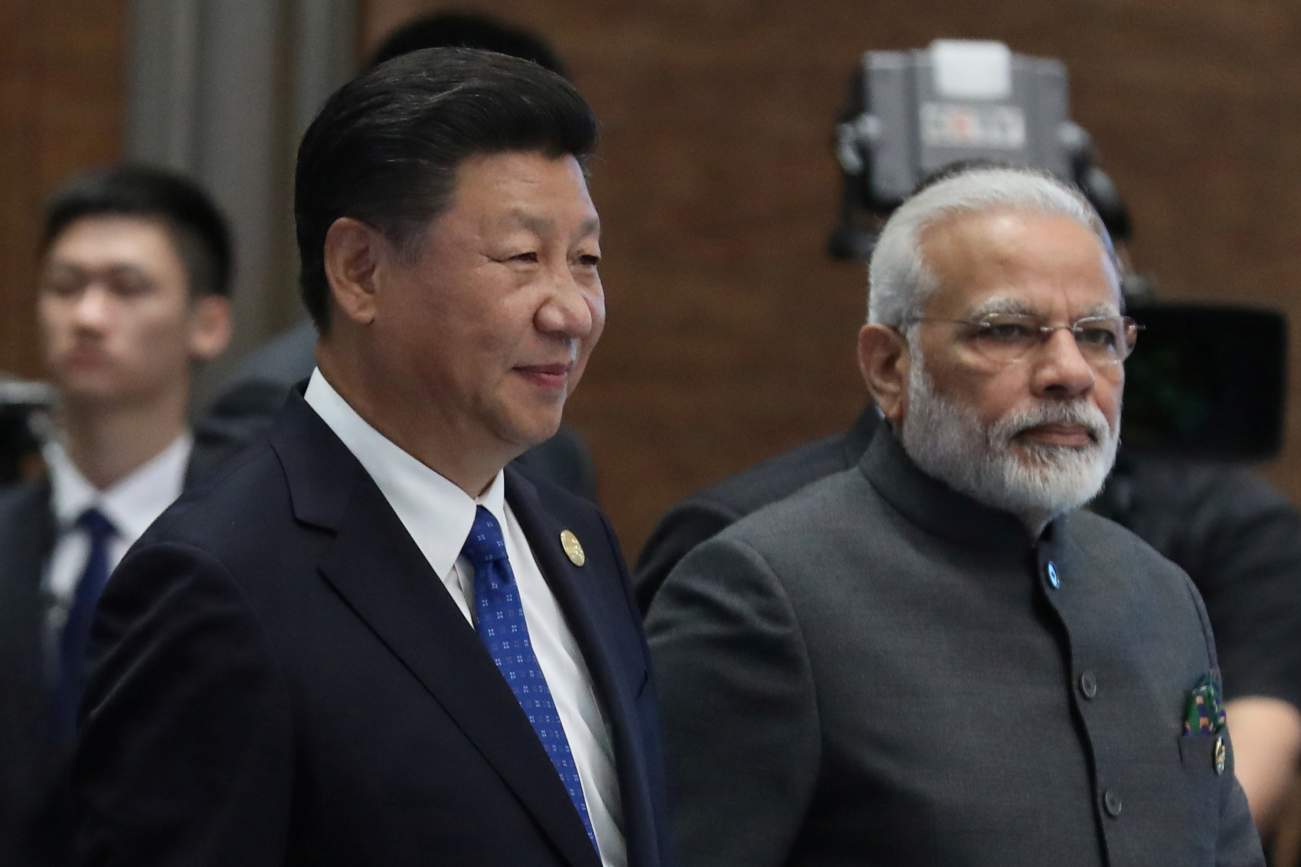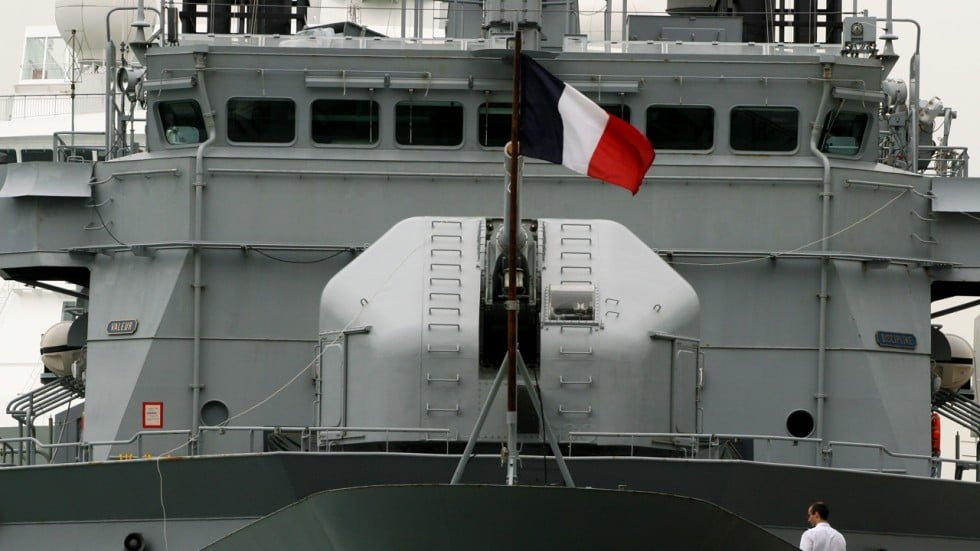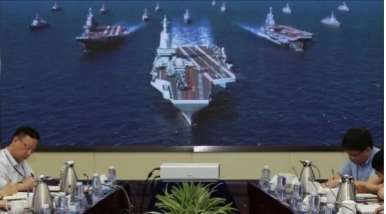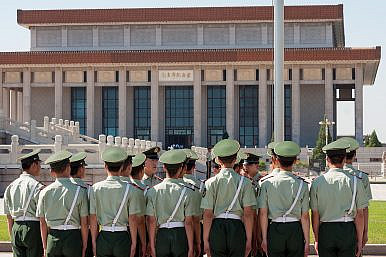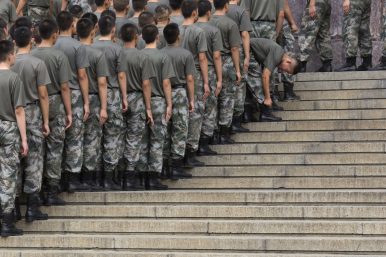by Zachary Keck
India’s efforts to build a homegrown ballistic missile defense system achieved a major success. On August 2nd, India tested its Advanced Area Defence (AAD)/Ashvin Advanced Defense interceptor missile against decoy targets for the first time. “One target among simultaneously incoming multiple targets was selected on [sic] real time, the weapon system radars tracked the target and the missile locked on to it and intercepted the target with a high degree of accuracy,” India’s government announced in a press release . The test was against a medium-range ballistic missile with a range of 1,500 kilometers. Franz-Stefan Gady of The Diplomat speculates that this was the first test of the new indigenous imaging infrared (IIR) seeker, which was developed to help the interceptors distinguish warheads from decoy/dummies.
